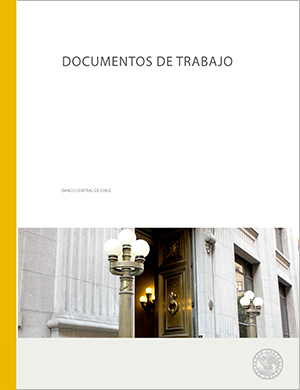Working Papers Nº 474: Deposit Insurance, Moral Hazard and the Risk of Runs
Publications
Working Papers Nº 474: Deposit Insurance, Moral Hazard and the Risk of Runs
Autor: Nancy Silva
Description
The effectiveness of deposit insurance in eliminating panic runs varies with the size of coverage and the degree of supervisory involvement of the agency in charge of insurance. When the agency is not involved in the supervision of banks, partial insurance preserves the monitoring role of depositors and reduces the region for which runs occur, but it is unable of completely eliminating them. When the agency has a high degree of supervisory involvement, even with partial insurance panic runs disappear as the regulator's signal becomes more precise. However, the smaller the protection offered to depositors, the higher is forbearance. Deposit insurance induces moral hazard by increasing the equilibrium value of the demand deposit contract in the interim period, though this effect seems to be smaller under a broad mandate. Therefore, a scheme where the insurance agency has more supervisory involvement should be preferred.
Working Papers Nº 474: Deposit Insurance, Moral Hazard and the Risk of Runs
Boxes and graphics

